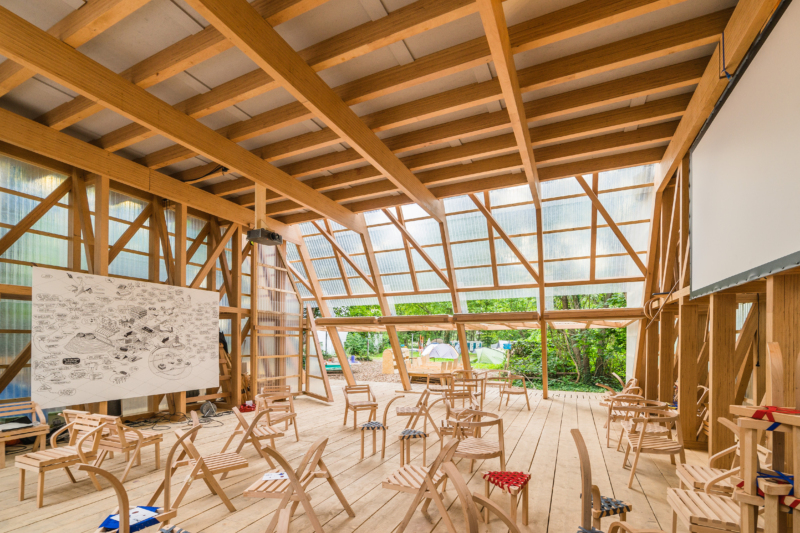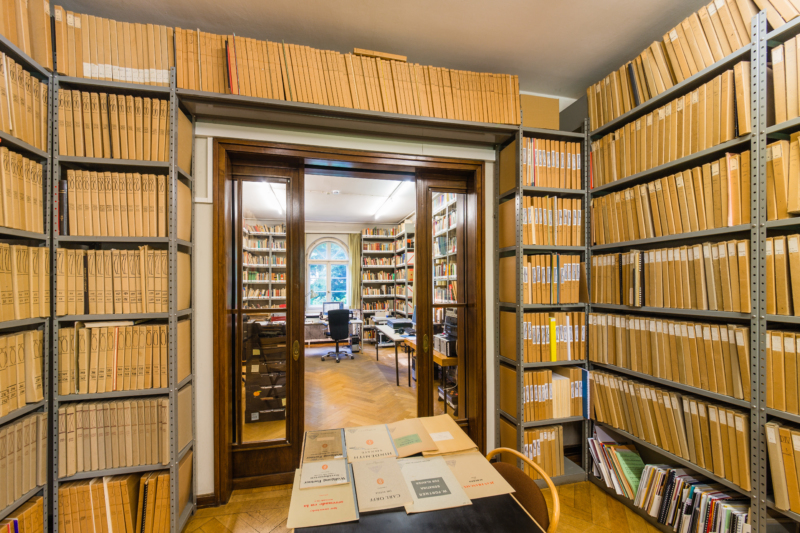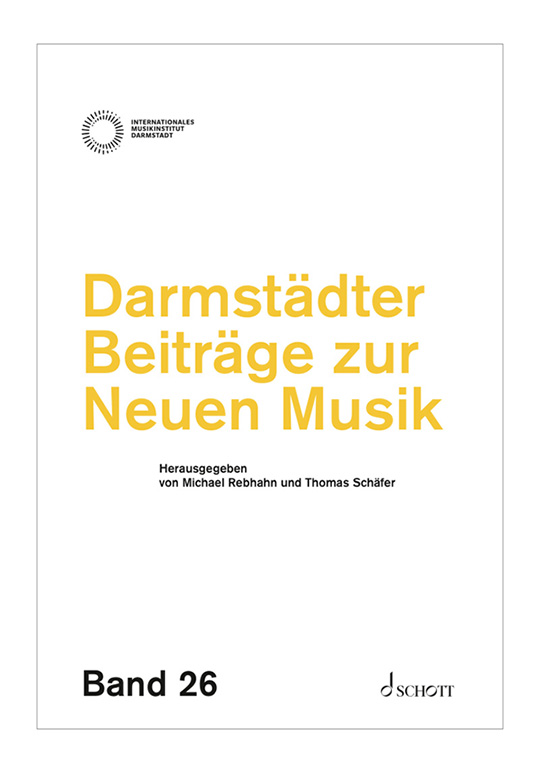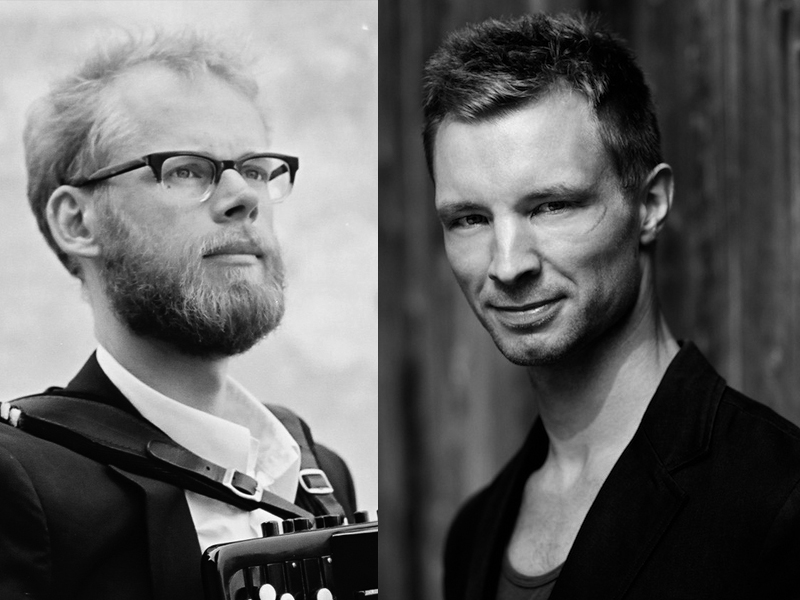Osthang Project

A look back at the activation of the Osthang at Mathildenhöhe Darmstadt in 2014

More than 28,000 contemporary scores, 4,600 books on new music, encyclopaedias, music journals, program booklets, records and CDs as well as materials on composers and performers of contemporary music. Our library is open to the public, please make an appointment at imd@darmstadt.de!

Become a member of the Friends of IMD and support our work!



With its outstanding archive, its library and its know-how, IMD is involved as a partner in international reserach cooperations and provides scholars with competent advice and active support.

